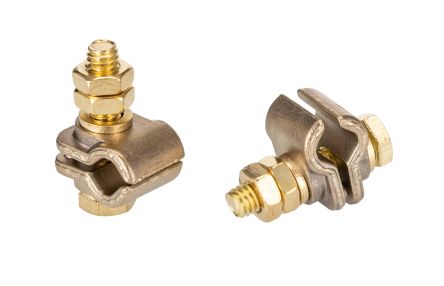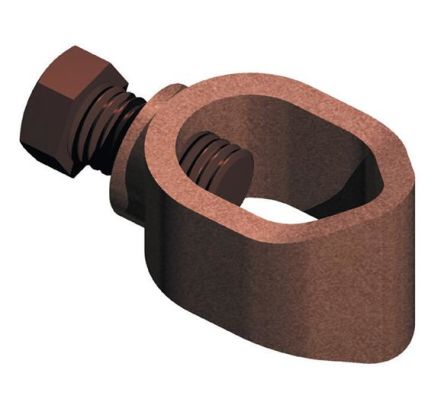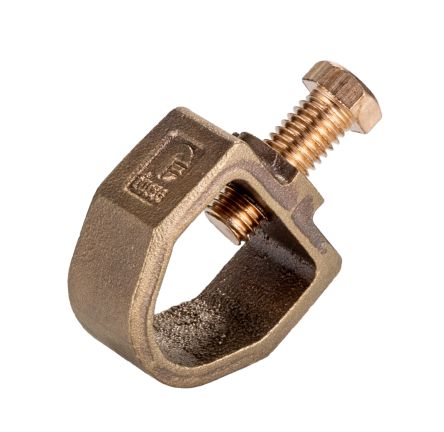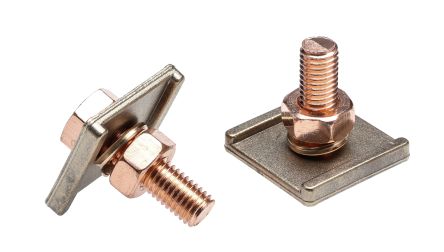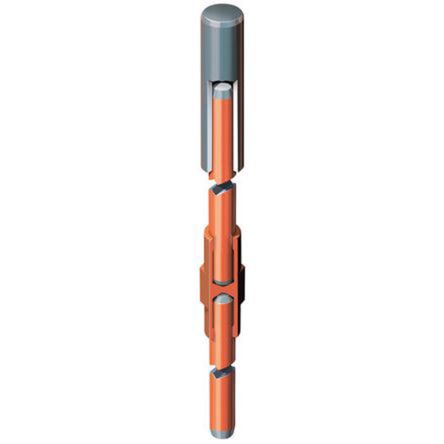What is a copper earth rod?
A copper earth rod is a grounding electrode used to dissipate electrical fault currents into the earth. It is typically constructed from solid copper or copper-clad steel to combine high electrical conductivity with mechanical strength. In electrical installations, a copper earth rod—also referred to as a copper grounding rod or copper earth electrode—provides a stable, low-resistance path to ground that helps protect people and equipment from stray currents and lightning surges.
Copper earth rods offer excellent corrosion resistance in many soil conditions, contributing to a long service life with minimal maintenance. When you see variations such as a copper earth rod, solid copper earth rod, or copper-clad steel earth rod, you are looking at different builds designed to balance conductivity, durability, and cost. These options are widely used across residential, commercial, and industrial earthing systems and are commonly specified in electrical safety standards and installation guidelines.
What sizes and materials are available for copper earth rods?
Copper earth rods are manufactured in a range of diameters and lengths to suit different installation scenarios and soil types. Typical diameters include 9 mm, 12 mm, 16 mm, and 19 mm, while common lengths range from 0.5 m up to 3 m or more for driven or drilled installations. In terms of materials, you will find solid copper earth rods (pure copper) and copper-clad steel (CCS) variants. Solid copper earth rods offer maximum conductivity and corrosion resistance, while copper-clad steel rods provide enhanced mechanical strength with good conductivity and a lower material cost in some applications.
If you need extra durability in tough ground, a copper earth rod made with a CCS core can be a practical compromise. When choosing between a copper earth rod and other materials, consider soil moisture, soil resistivity, installation method (driven vs drilled), and the expected service life. Related terms you may encounter include earth rod copper, copper earth rod diameter, copper earth rod length, and copper grounding rod—all referring to the same family of products with small but important variations.
How do I install a copper earth rod safely and effectively?
Safe installation starts with planning according to local electrical codes and site conditions. Identify a suitable location near the service entrance, away from underground utilities, and ensure the chosen spot provides good soil contact for effective grounding. Driving or hammering the copper earth rod into moist soil is a common method; in rocky or concreted sites, a drilling approach or a mechanical pole driver may be necessary. Always use PPE and follow lockout/tagout procedures before any work on electrical systems.
Connection to the earth electrode conductor (the grounding conductor) should use an appropriate clamp or compression fitting designed for copper and the chosen rod material. For copper earth rods, apply suitable anti-oxidant paste or lubricants to prevent galling and ensure a secure, corrosion-resistant joint. Where moisture is limited, consider moisture-boosting methods or deeper embeddings to improve the earth resistance. After installation, inspect the connection for tightness and protection from physical damage, then perform an earth resistance test using a dedicated earth tester to verify performance under local soil conditions.
What standards and tests apply to copper earth rods?
Copper earth rods are part of earthing systems that must meet national and international guidelines for electrical safety. Expect references to grounding electrode requirements, conductor size and bonding rules, and minimum resistance targets suitable for your installation type (residential, commercial, or industrial). Typical tests include continuity checks between the copper earth rod and the earth conductor, and soil-based measurements such as an earth resistance test or a three-point fall-of-potential test to assess electrode performance in the local soil. Documentation and traceability are often required, along with manufacturer test certificates confirming material composition (solid copper vs copper-clad steel), mechanical integrity, and corrosion resistance. In practice, you may see recommendations to follow IEC or EN standards, along with regional regulations, to ensure compliance for a copper earth rod used in a safe, reliable grounding system.
Why choose copper earth rods over other materials?
Copper earth rods offer superior electrical conductivity and excellent corrosion resistance in a wide range of soils, contributing to stable and predictable grounding performance over decades. A copper earth rod tends to have a longer service life with less maintenance compared to some alternative metals, reducing the risk of elevated earth resistance over time. Copper-clad steel variants provide a good balance of cost, strength, and conductivity when installation conditions require a stronger rod or easier driving in hard ground. In challenging environments with moisture and salinity, copper earth rods consistently outperform many other materials, making them a preferred choice for reliable earthing in both new builds and upgrades.
What related components should I buy with a copper earth rod?
A complete copper earth rod installation typically includes a compatible earth clamp or compression connector, an appropriately sized earth electrode conductor (the GEC), and protective boot or sleeve to guard the joint from moisture and mechanical damage. You may also need driving tools, anti-corrosion compounds, and weatherproof sealing for exposed installations. When selecting components, ensure material compatibility with copper or copper-clad steel to prevent galvanic corrosion. Common related products include copper conductors, copper earth clamps, insulation sleeves, shielding caps, and testing leads—often available together from electrical suppliers and distributors like RS Components.
In addition to the rod and clamp, consider accessories such as bonding jumpers, protective coatings, and documentation for warranty and compliance. These items help create a robust, maintainable grounding system that works harmoniously with the copper earth rod across a wide range of environments.
Common questions about copper earth rods
Many questions arise around copper earth rods: How deep should a copper earth rod be driven for best performance? What diameter rod is suitable for a given installation? Can a copper earth rod be used with existing grounding systems? The general answer is that performance depends on soil resistivity, rod length, and proper bonding. In damp soils, shorter copper earth rods may still provide adequate grounding, while in dry or rocky soils, longer rods or multiple electrodes might be required. Always consult local codes and use measured earth resistance data to determine acceptability. For maintenance, copper earth rods are designed for long service life with minimal upkeep, but periodic checks of connections and corrosion protection are recommended, especially in aggressive soils or coastal environments.
Quick facts you’ll see in product listings include the terms copper earth rod, earth rod copper, copper grounding rod, solid copper earth rod, and copper-clad steel earth rod. Understanding these variants helps you choose the right product for your RS Components listing and ensures customers find the best copper earth rod for their earthing needs.










